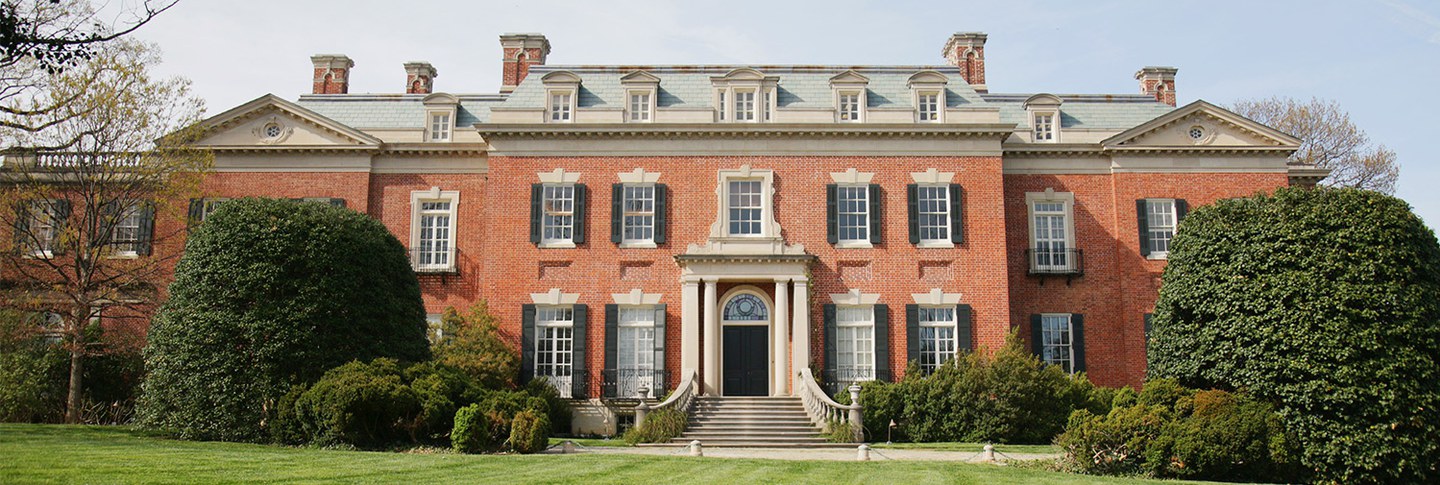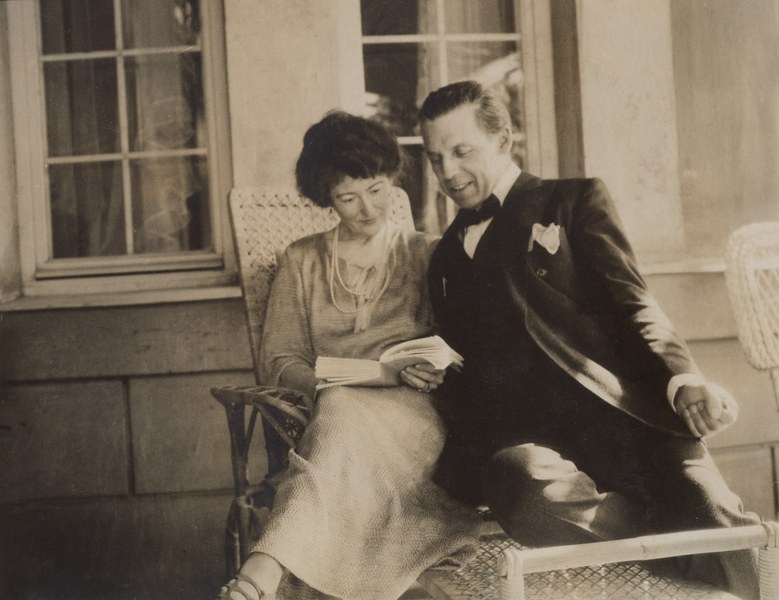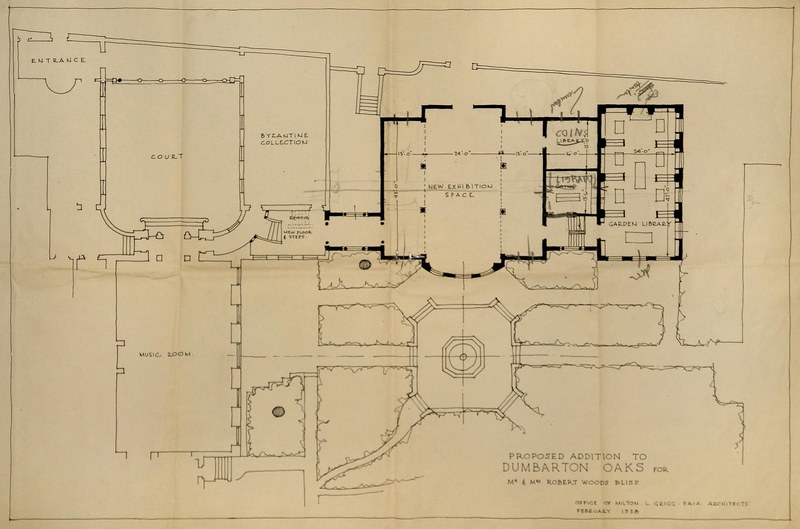
About Dumbarton Oaks
“Dumbarton Oaks is conceived in a new pattern . . . it is the home of the Humanities, not a mere aggregation of books and objects of art.”
Dumbarton Oaks is a Harvard University research institute, library, museum, and garden located in Washington, DC. The institution is the legacy of Robert and Mildred Bliss, collectors of art and patrons of learning in the humanities. The museum houses world-class collections of Byzantine and Pre-Columbian art, two areas of interest to the Blisses. A third revolves around the historic garden, which Mildred Bliss created in close collaboration with renowned landscape designer Beatrix Farrand. Since 1940, when the Blisses gifted the estate and collections to Harvard University, Dumbarton Oaks has supported research in Byzantine Studies. Later it embraced Pre-Columbian and Garden and Landscape Studies. The support takes the form of fellowships and other awards, scholarly conferences, publications, and digital initiatives. In recent years, Dumbarton Oaks has also developed educational programs focusing on its collections and garden.
The founders called upon future policy-makers “to remember that Dumbarton Oaks is conceived in a new pattern, where quality and not number shall determine the choice of its scholars; that it is the home of the Humanities, not a mere aggregation of books and objects of art; that the house itself and the gardens have their educational importance and that all are of humanistic value.” These ambitions continue to guide Dumbarton Oaks, but with close attention to ensuring that the Blisses’ “new pattern” retains its vitality through constant renewal.
The research institute’s location in Washington, DC, is no accident. Robert Bliss was a diplomat whose distinguished career in the Foreign Service culminated in his six-year service as Ambassador to Argentina. Dumbarton Oaks is known for hosting major diplomatic meetings that took place in 1944, at the height of the Second World War. The “Dumbarton Oaks Conversations” paved the way for the United Nations charter that was adopted in San Francisco in 1945. In these sessions, delegations from China, the Soviet Union, the United Kingdom, and the United States deliberated over proposals for the establishment of an organization to maintain peace and security in the world.
The historic garden and museum form the public face of Dumbarton Oaks and receive tens of thousands of visitors each year. The garden is perhaps the last remaining landscape in North America that hews closely to the original Farrand design; in 2014 it was singled out by National Geographic as one of the ten best gardens in the world. Buildings of architectural significance on the Dumbarton Oaks campus include the Pre-Columbian Gallery, designed by Philip Johnson and completed in 1963, and the Research Library designed by Venturi, Scott Brown and finished in 2005.
Mission
Dumbarton Oaks Research Library and Collection is the legacy of Robert and Mildred Woods Bliss to Harvard University and to the humanities. The multiple aspects of the Blisses’ gift include historic gardens and buildings, world-class collections for researchers and the public to enjoy, and generous support for fellowships and scholarly endeavors on the local, national, and international levels.
Our mission is, first, to maintain what we have been entrusted by the Blisses to preserve. Second, to support the pursuit of the humanities as a whole, with particular focus on the disciplines of Byzantine, Pre-Columbian, and Garden and Landscape Studies. Third, to honor the intention of the donors by achieving the greatest mutual advantage between Harvard and Dumbarton Oaks. Fourth, to serve the larger public through the museum, garden, and our music program.
People
Learn More about Dumbarton Oaks
Discover more about Dumbarton Oaks’ rich history and commitment to the humanities in a series of online projects and other resources.


